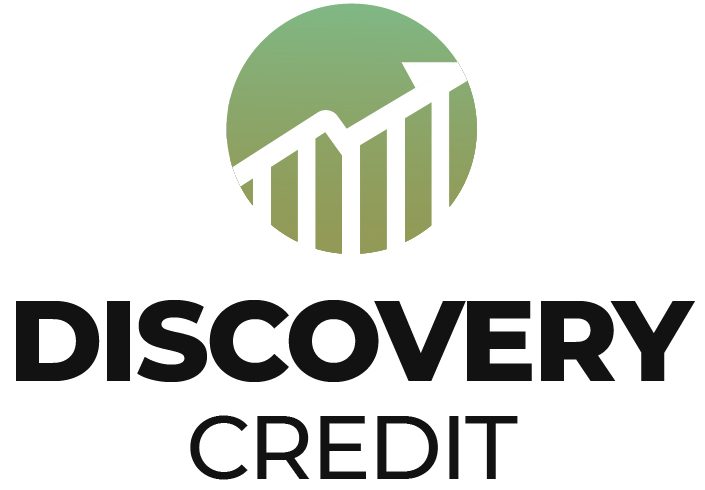Credit bureaus play an essential role in the financial infrastructure. They also help improve access to credit and other financial services. Sixty-five million enterprises, or 40% of the formal micro, small, and medium businesses in developing countries, have an unmet funding need of $5.2 trillion annually. The World Bank’s Enterprise Surveys from 63 countries and more than 75,000 companies were used to study the impact of credit bureaus on firms’ access to financing. This included longer-term loans with lower interest rates and a more significant share of working capital funded by banks. The study found that the impact of credit information-sharing reforms on firm financing is more meaningful when the credit bureau has more extensive coverage and is more accessible.
As of May 2019, according to World Bank statistics, 117 out of 191 economies surveyed had at least one credit bureau [1]. This represents between 1.2 and 100 percent of the working-age population in each economy. Figure 1 shows that one-third of economies have established their first credit bureau within the last decade. More are on the way. In all 117 economies, banks and other financial institutions can access credit bureau data via a website or system-to-system connection. In 77 economies, consumers can access their credit bureau data online; in 74, they can learn how to read their credit report, and in 84, they can dispute it online. In 96 countries, the largest credit bureau provides credit scores, and 62 provide online explanations of what they represent or how they are calculated.
Big Data
Big data is a term used to describe the four Vs. – high volume, velocity, variety, and veracity of information assets. Big data processing is cost-effective and innovative and allows for enhanced insights to support decision-making and process automation. Data can be classified into two categories: structured data and unstructured data. Structured data refers to information that is predefined, formatted, and has a defined structure. Structured data can be a database with fields such as credit card numbers, names, addresses, and other information. Unstructured data comes in many shapes and sizes, as its name implies. Examples include emails, audio and video data, sensor data, and other types of unstructured data. Unstructured data is more irregular and ambiguous than structured data. This requires more excellent expertise in data science to store, organize and manipulate.
Big data is both a valuable asset to credit reporting and can also present new challenges. Credit bureaus have traditionally focused on subsets within structured data such as loan repayments, utilities post-paid, demographics, and other official information. Transactional data, another type of structured information, contains a lot of unused data. Tobback & Martens (2019 ) present a credit score model based on fine-grained payments data. The authors demonstrate that payment data can be used to detect twice as many defaulters in the top 1% of riskiest bank customers. Mobile devices are a significant source of data in the digital age. Oskarsdottir et al. (2018) demonstrate that credit scoring models perform better when they combine “call networks,” a significant data source, with traditional data. Researchers in this study used call detail records to create call networks and then applied social network analytics. They can then produce influence scores based on simulating the influence of prior defaulters across the web. This assessment, sometimes called “creditworthiness through association,” can be controversial because it’s opaque, discriminatory, and has implications for data sharing, privacy, and regulation.
MACHINE LESSON
Machine learning is an artificial intelligence [2] that continually allows programs to improve themselves using existing and new data. Past events can be used to predict similar or closely-related future events. Machine learning algorithms analyze and learn from past data to make predictions for future data. Instead of manually coding instructions, existing data and algorithms are used to “train” programs to perform tasks. Machine learning can be used in many ways to benefit credit information systems.
Leading institutions already use machine learning behavior to combat fraud and identity theft. Computers can learn to recognize patterns in streaming transactions. With this knowledge, programs can identify suspicious transactions and adapt over time to fraud tactics that were previously unknown. Machine learning can flag potentially fraudulent activity more accurately than rule-based methods. PayPal’s automated fraud-detection systems have been improved by 50% using a vast repository of fraud data, machine learning models, and high-performance computing infrastructure.
Credit risk models can be improved by machine learning. Many factors influence the likelihood that a borrower will repay a loan. Machine learning can be used to learn without any rules or algorithms. Machine learning is more flexible and can fit data patterns better for credit risk calculations. Bacham & Zhao (2017) compare the performance of the RiskCalc model and three machine-learning methods (random forests, neural networks, and boosting). The researchers found that machine learning can better capture the non-linear relationships common in credit risk. It is essential to choose a suitable machine-learning algorithm. Addo Guegan Hassani (2018) compares the performance of seven machine-learning models to predict credit risk for enterprises. They use 181 variables. The researchers found that tree-based models produced stable results regardless of the number of variables used. Deep learning models did not.
It is unsurprising that credit bureaus use machine learning to analyze big data to produce better insights. Equifax, for example, introduced machine learning (neural networks) into an explainable artificial intelligence score method to generate tailored explanations for each consumer. Equifax isn’t the only bureau experimenting with machine learning solutions. Experian enhanced its analytics tools to provide deeper insight into demand. TransUnion and FICO have also integrated machine learning to detect high-risk identity behaviors and create more accurate and understandable scorecards. VantageScore, a more recent system version, uses machine learning to assign scores and assess risk for consumers who have not updated their credit reports. Other bureaus, such as Creditinfo, are developing machine learning models.
Modern technologies and advanced solutions enable more efficient processing of large amounts of data. Big data and machine learning can be instrumental in increasing access to credit by the underserved, unbanked, and those with a thin credit history. Around 1,7 billion adults worldwide are unbanked, without a bank account or a mobile money provider. Nearly all the unbanked adult population lives in developing countries, and 56 percent are women. Credit bureaus can generate alternative data using big data and machine learning to evaluate the creditworthiness of unbanked adults. These technologies can transform vast information into real-time, insightful credit assessments. Credit bureaus can use this technology to reduce informational imbalances, improve risk management and increase credit availability at lower rates. These technologies open a whole new world of big data, which enables financial inclusion to be accelerated.




